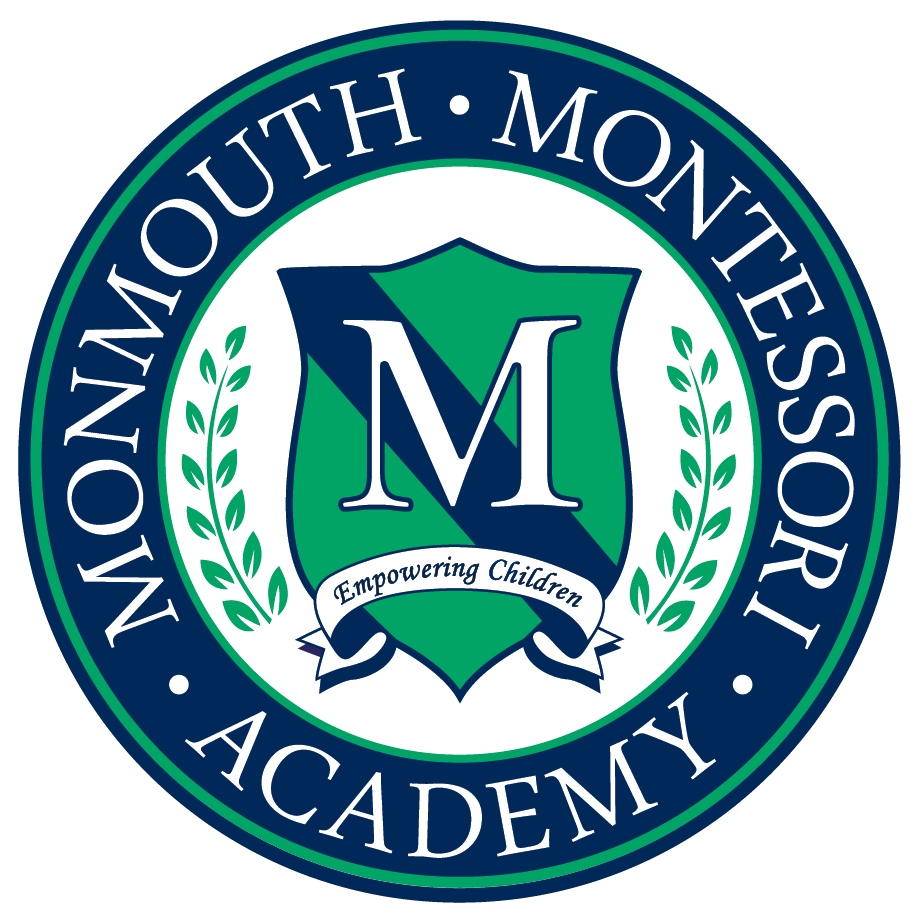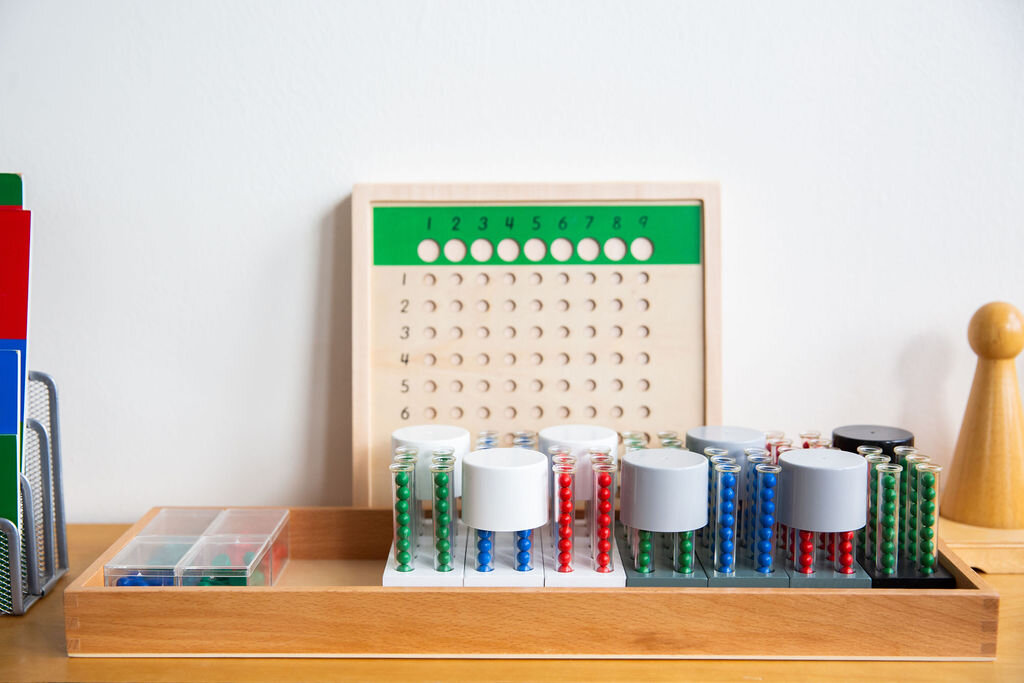Elementary Program
“The child has a mind able to absorb knowledge. sHe has the power to teach herself.” - Maria Montessori
Lower Elementary
The Lower Elementary program consists of the first through third grade where the children take ownership of their learning. Students explore core academic subjects in small groups with teachers, and extend their understanding of the concepts through collaborative and independent work.
Students are engaged in their learning by research and exploration independently, grasping real world concepts. Your child will connect personally with their learning and will develop the resilience and learning traits that lead to academic success, through self-expression and confidence.
“Learning by doing” makes learning fun, giving them the self-confidence, self-motivation and self-discipline necessary to succeed in the challenging Upper Elementary curriculum that lies ahead.
Upper Elementary
The Upper Elementary program’s curriculum is designed to be responsive to the social, emotional, and academic needs of students ages 9 -12 years old or those children in grades four, five, and six. The learning environment is where children discover, explore, and expand their knowledge of academic subjects of major interest.
In Upper Elementary, we continue cultivating the child’s own desire to learn through a curriculum of abstract and visionary elements of life, where the children are encouraged to see their place within a universal perspective. Students begin to explore where they came from through the study of history, geography, and mythology.
During this time, students continue to develop themselves with the guidance of their Montessori teachers. By working at their own pace, they are able to take ownership of their learning and grow to be independent and self-motivated. They learn how to set goals, manage time, organize projects and access resources—all skills that will help them continue to be academically successful well beyond their time at MMA. In addition to individual work, students participate in hands-on learning and group activities.
The child between the ages of six and twelve is a different person than they were before six. They are more social and we see that they now play and work with friends rather than alongside them. They have acquired a reasoning mind and use it to both organize and understand their world. This, in conjunction with their newly-refined imagination, means that they are ready to move beyond their classroom and understand the broader world and universe. The reasoning mind, imagination, and their social nature are the hallmarks of the approach used to teach the Elementary-aged child in a Montessori classroom.
The experience in the Elementary begins with five Great Stories meant to engage the imagination of the child and frame their work for the year. The first Great Story is the Story of the Universe and explains how the Earth was formed. It uses impressionistic charts, simple demonstrations, and storytelling to set the stage for all the work that follows. The subsequent Great Stories build on this foundation and launch a new area of the curriculum. The Story of the Coming of Life, the Black Strip, the Story of Communication in Signs and the Story of Numbers serve as introductions to the work that children do around Geography, Biology, History, Language, and Mathematics. These stories are meant to get the child pondering, working, exploring, and developing gratitude for those who came before them.
Through these stories and subsequent follow up lessons, students are given the keys to the universe and are encouraged to explore areas of interest, as well as to cover the basics that society requires.
The Montessori Elementary classroom continues to use materials to help children understand concepts from the decimal system and long division to parts of speech and the sun and the earth. There are purpose-built materials that isolate difficulty and allow children to discover rules for themselves. It is through exploration and discovery that children gain an understanding and an appreciation of their world that makes sense to them on the deepest levels.
Going Out: The Elementary-aged child is ready to explore the world beyond their classroom in bits and pieces. When the opportunity arises, students are encouraged and supported in organizing a “going out” into the greater world. Students may go out to attend a local art exhibit, to interview an expert in a field they are studying, or to get food or bedding for the class pet. These are not field trips, because “goings out” happen with a small group of interested students as opposed to the whole class.
Cosmic Education: The Elementary curriculum all together is often referred to as Cosmic Education. The first Great Story starts with the creation of the universe and the Great Stories and lessons that follow give the keys to exploring and understanding the universe. The curiosity and wonder of the Elementary child requires nothing less.



































